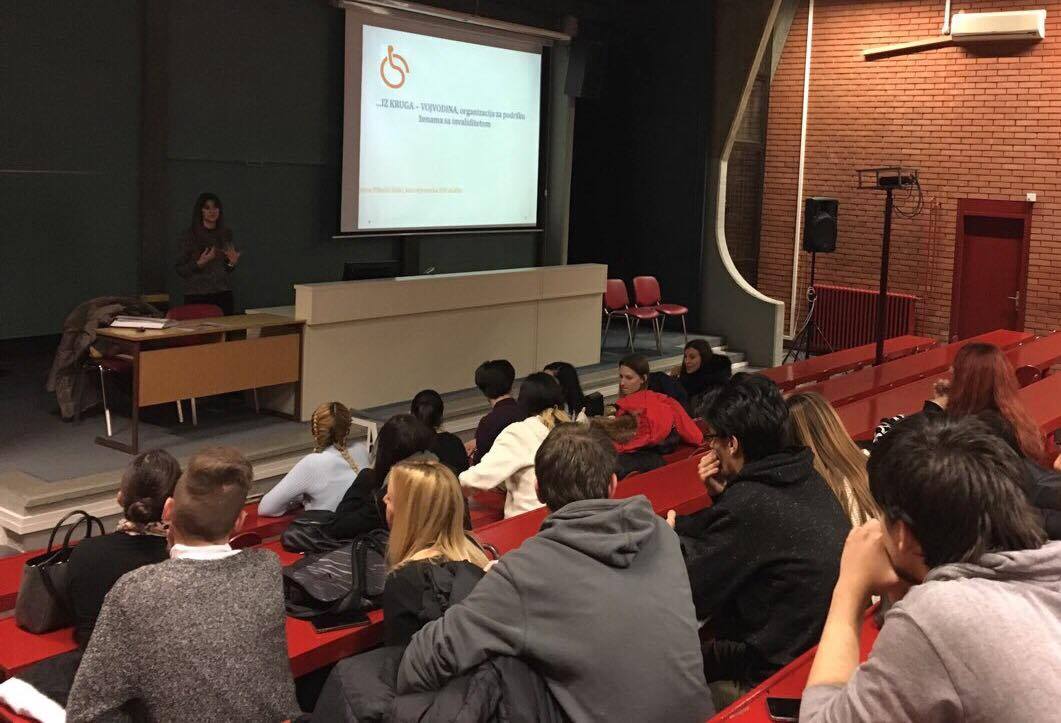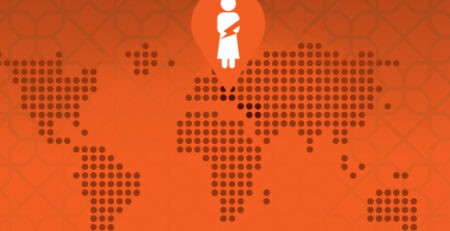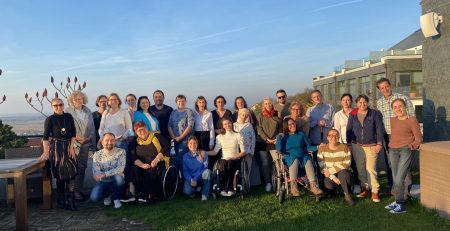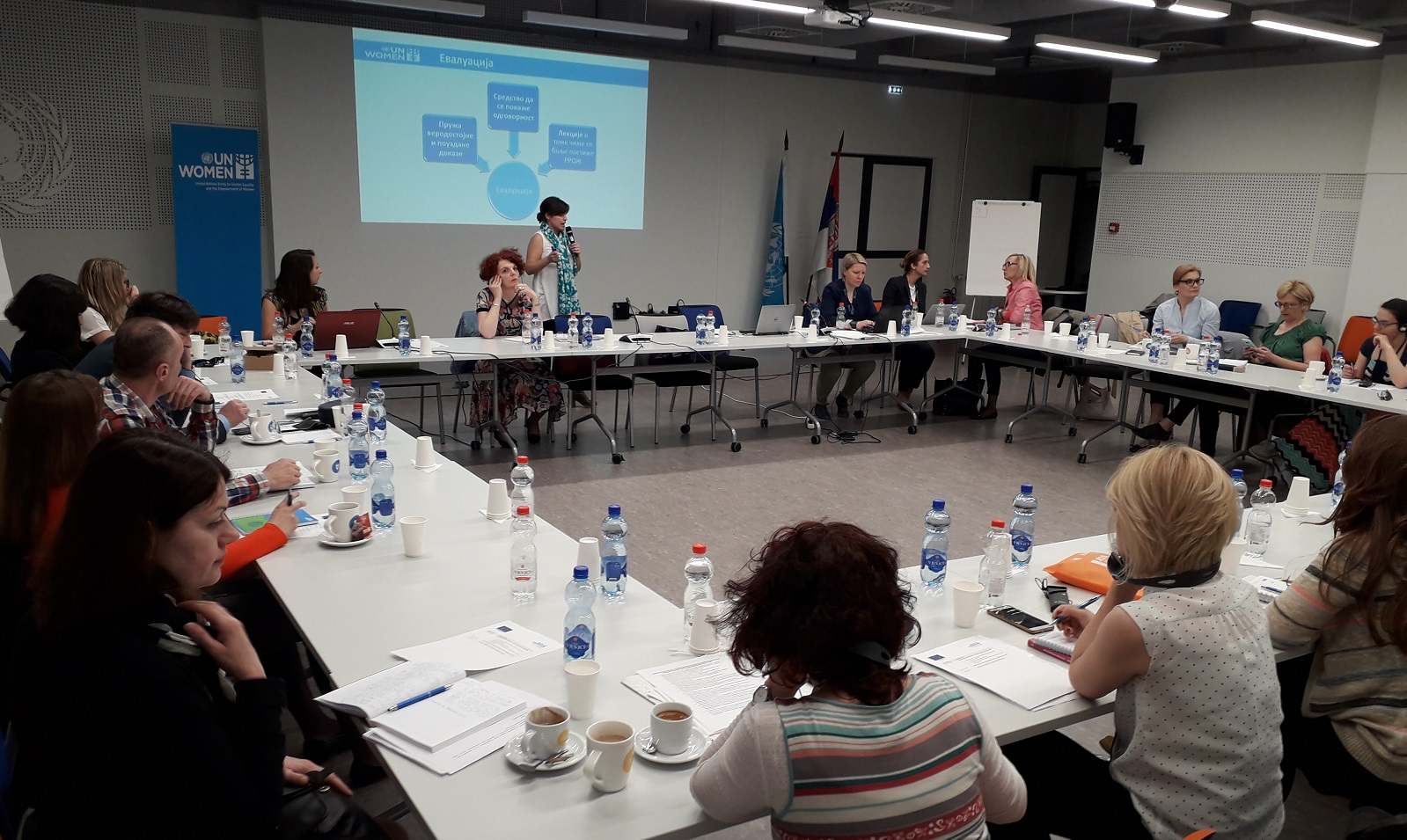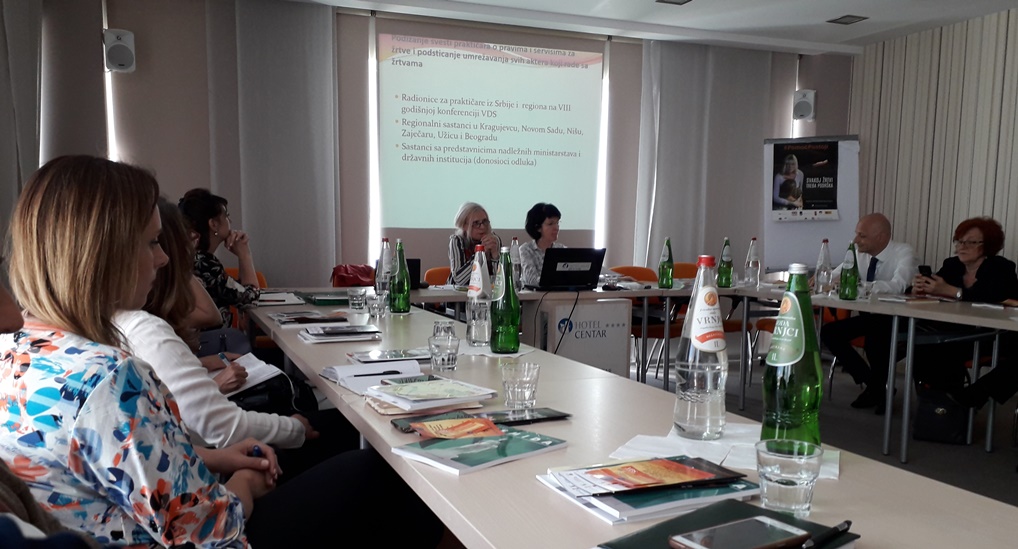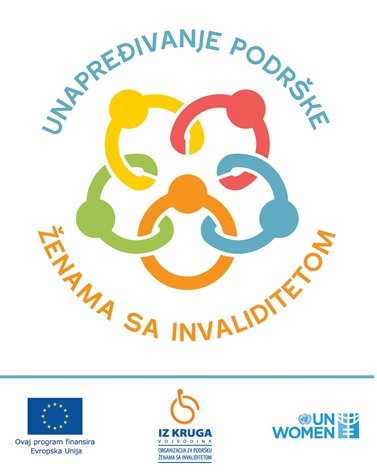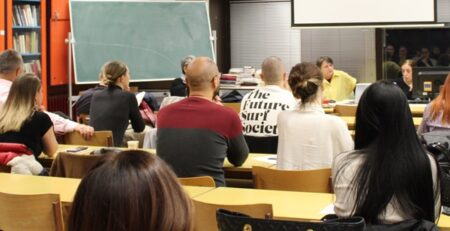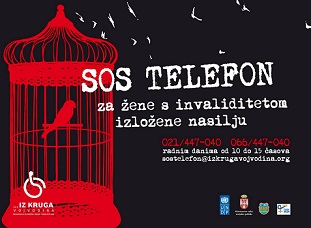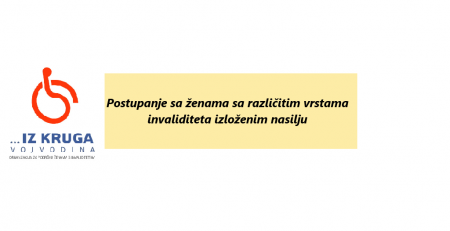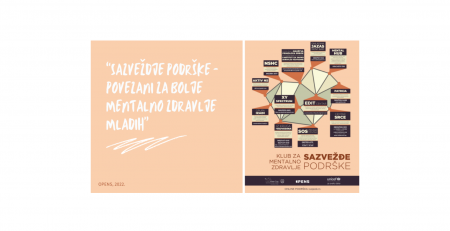Yesterday, the SOS Service Coordinator with the …IZ KRUGA – VOJVODINA organization Ivana Zelić held a lecture on media reporting about violence against women to junior (third-year) students with the Media Studies Department at the Faculty of Philosophy of the University of Novi Sad.
She introduced the students to the concept and kinds of partnership and domestic violence, as well as the most common prejudices in this respect. Attitudes towards violence created under media influence were a special part of her lecture.
Media reporting in cases of violence is predominantly sensationalist. It is often the victims who get blamed for the violence by labelling them promiscuous, referring to their previous marital status, profession, etc. On the other hand, the perpetrator is presented as someone who is a good person, hard-working and distinguished, so it is not really clear what made him commit violence.
In most cases, gender-based violence is not get recognized as a motive for femicide. Instead of it, stereotypical explanations, such as unemployment, passion, alcoholism, provocation on behalf of the victim and jealousy, are commonly used explanations.
Concerning women with disabilities, the situation is even more complicated. Besides sensationalism, media also do the following:
- Use inadequate terminology (such as a cripple, invalid, wheelchair-bound, person with special needs, etc.);
- They present women with disabilities as ‘superheroes’ if they have asked for support or reported violence, while perpetrators are labelled as psychologically ill;
- They disclose too many details (photos, footage, women’s testimonies);
- Use inappropriate titles and subtitles;
- Inspire pity with the audience.
Such way of media reporting creates a distorted public perception of the phenomemn of violence against women. It is evident that there are very little texts on prevention, whereas most media reports about this topic get published during the 16 Days of Activism against Gender-Based Violence global campaign or when a femicide happens.
Students were presented good and bad examples of media reporting about violence against women this and the last year, with a remark that an action survey of the Press Council reveals that the Serbian Journalists’ Code has been violated 3,191 times over the course of the last three months.
Eventually, it was concluded that media are allies of women’s organizations in combating violence against women, provided their reporting is objective, raising awareness and influencing promotion and implementation of legislation. They send a message that there is a way out of the violent situation, inform women on institutions and organizations providing support and assistance, educate the public on issues of violence and bring down prejudice.
Student were also given basic guidelines on quality reporting concerning violence against women because it is the only way they can contribute to combating violence.
